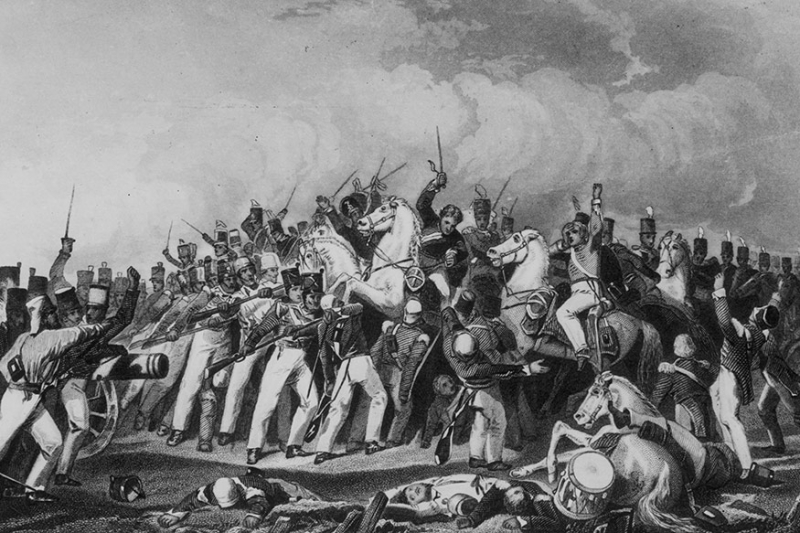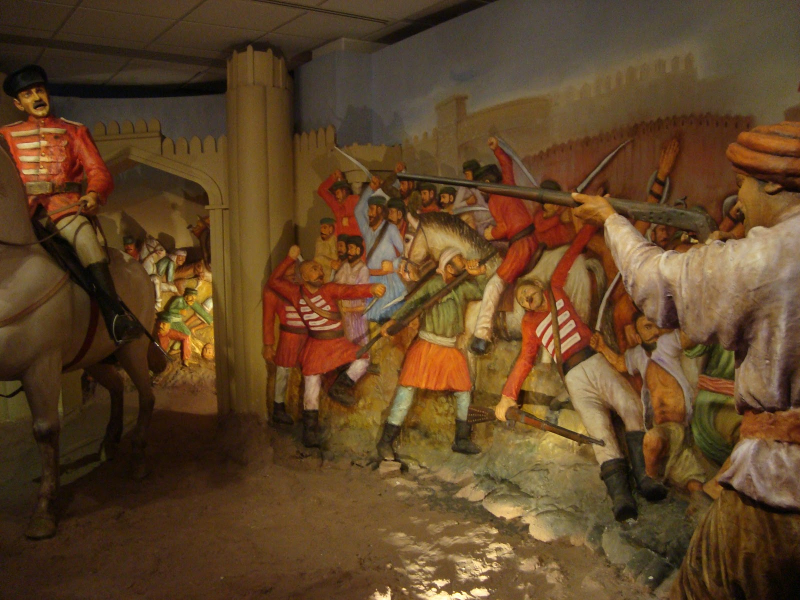Indian War of Independence

India is a large and the second most populous country in Asia, a lucrative prey for colonial countries. After the Second World War, the Indian people's war against the British for independence broke out. February 19, 1946, the uprising of 20,000 marines on 20 Bombay battleships against the British colonialists, demanding national independence. The uprising quickly received the response of the national forces. On February 22, in Bombay 20,000 student workers went on strike to march against the British colonialists.
In early 1947, the climax of the strike continued and spread to major cities. Under pressure from the Indian people, the British colonialists were forced to make concessions, promising to grant autonomy according to the Maobatton plan. India is divided into two autonomous states: Hindu India and Muslim Pakistan. Unsatisfied with autonomy, the Congress Party continued its struggle for independence in the years 1948-1950. On January 26, 1950, India declared its independence and established a republic.







